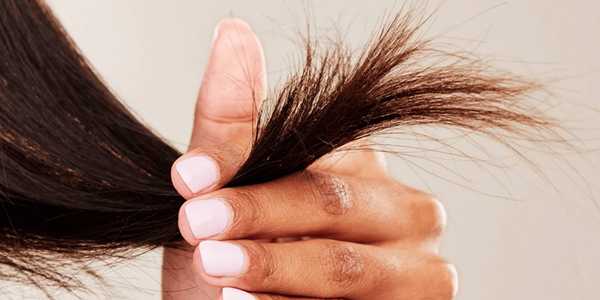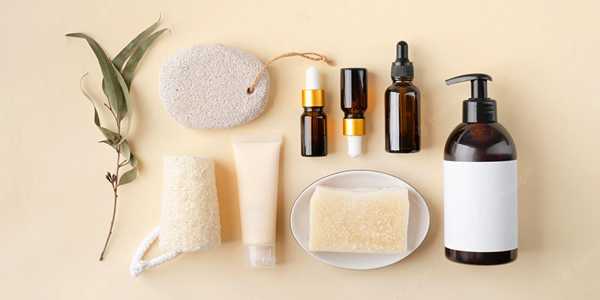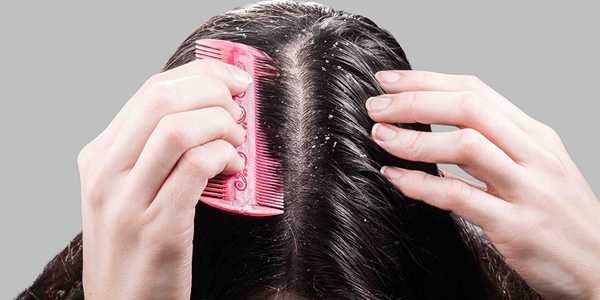How to Treat Acne-Prone Skin Effectively?
Have you been struggling with hard-to-get-rid-of breakouts? Is clear skin just out of reach? Is the promise of glowing, blemish-free skin on product labels leaving you sceptical?
Hold on! We are here to give you the answer to all these questions.
Getting your acne-prone skin under control isn't about following every new trendy skincare promise on your Instagram feed. It's about figuring out what works for you and creating a routine that provides real skin benefits.

Now, we will learn about the art and science of acne skincare and helpful treatments that will give you a great complexion.
What Causes Acne, And Why Won’t It Go Away?
Knowing the root of the problem is essential when treating acne-prone skin.
Pores become clogged with oil, dead skin cells, or bacteria, leading to acne. So why do some people have naturally clear skin and others struggle so hard?
The Common Culprits:
Excess Oil Production: Under ideal circumstances, hormones changing during puberty, menstruation, or Stress can increase oil production, making it the perfect environment for acne.
Bacteria: In clogged pores, Propionibacterium acnes live and cause inflammation and nasty red bumps.
Lifestyle Choices: Breakouts can be caused by diet, lack of sleep, and lousy skincare practices.
Overuse of Harsh Products: Using too many products or drying them out too much can strip your skin and overcompensate with even more oil.
And now, if we know the triggers, let’s move on to solutions that work.
Building The Perfect Clear Skin Routine
A tremendously clear skin routine doesn't have to involve 15 steps and a whole shelf of products. Consistency is key—it's all about targeting treatment for your skin's needs.
Step 1: Cleanse Gently Yet Thoroughly
Cleansing is the foundation of any acne skincare routine. Look for a gentle, sulfate-free cleanser that removes dirt and oil without stripping your skin.
Ingredients to Look For: Salicylic acid, benzoyl peroxide, or tea tree oil for acne-fighting power.
Pro Tip: Avoid harsh scrubs that can irritate inflamed skin. Opt for chemical exfoliants if needed.
Recommended Product: CeraVe Foaming Facial Cleanser – It balances cleansing with hydration, making it a favourite among dermatologists.
Step 2: Exfoliate (But Don’t Overdo It)
Exfoliating helps remove dead skin cells that can clog pores, but overdoing it can damage your skin barrier.
How Often: 1-2 times a week for acne-prone skin.
Best Products for Acne-Prone Skin: Look for gentle chemical exfoliants like glycolic or lactic acid.
Recommended Product: Paula's Choice Skin Perfecting 2% BHA Liquid Exfoliant is a cult favourite for unclogging pores and reducing redness.
Step 3: Hydrate With Purpose
Contrary to popular belief, oily or acne-prone skin still needs moisturizer. Skipping hydration can lead to increased oil production.
Look For: Lightweight, non-comedogenic moisturizers that won’t clog pores. Ingredients like hyaluronic acid and niacinamide are your best friends.
Recommended Product: Neutrogena Hydro Boost Gel-Cream – Its oil-free formula keeps skin hydrated without feeling heavy.
Step 4: Treat With Targeted Solutions
This is where acne-fighting powerhouses come into play. This step is key in addressing breakouts directly from serums to spot treatments.
Ingredients That Work:
Benzoyl Peroxide: Kills acne-causing bacteria.
Salicylic Acid: Exfoliates inside the pore, preventing clogs.
Retinoids: Encourage skin cell turnover and reduce inflammation.
Recommended Product: Differin Gel (Adapalene) – A dermatologist-approved retinoid for acne.

Step 5: Protect With Sunscreen
Never skip sunscreen, especially if you’re using active treatments. Acne-prone skin is more susceptible to pigmentation from sun exposure.
Best Option: Mineral sunscreens with zinc oxide or titanium dioxide.
Recommended Product: EltaMD UV Clear SPF 46 – Formulated for acne-prone and sensitive skin.
Acne Solutions That Go Beyond Skincare
Topical treatments are crucial, but sometimes skincare alone isn’t enough. Here are other acne solutions to consider:
Diet Tweaks
While the link between diet and acne isn’t definitive, some foods may trigger breakouts. What to Limit: High-glycemic foods (sugary snacks, white bread), dairy, and processed foods. What to Add: Omega-3 fatty acids, antioxidants (from fruits and veggies), and zinc-rich foods.
Professional Treatments
Dermatologists can offer effective acne treatments when over-the-counter products don't cut it.
Chemical Peels: Exfoliate deeper layers of skin to clear clogged pores. Blue Light Therapy: Targets acne-causing bacteria.
Prescription Medications: From retinoids to oral antibiotics, these can be game-changers.
Stress Management
Chronic Stress can disrupt hormone levels, leading to flare-ups. Regular exercise, mindfulness practices, and adequate sleep can make a noticeable difference.
Effective Treatments For Acne Scars
Once active acne is under control, scars often remain. Luckily, treatments are available to smooth and even out skin texture.
Topical Solutions
Look for retinoids, vitamin C, or azelaic acid products to fade dark spots over time.
In-Office Treatments
Microneedling: Stimulates collagen production to improve scars. Laser Therapy: Targets pigmentation and uneven texture.
Quick Tips For Long-Term Success
Most treatments take 6-8 weeks to see significant changes. You must be careful when picking, as it can lead to scarring and worsen inflammation. Moreover, consistency is the secret to every effective, straightforward skin routine.
Clear, radiant skin doesn't happen overnight, but with the right strategy, it's achievable. By committing to targeted acne solutions and using the best products for acne-prone skin, you can confidently take control of your skin's health.
Let today be the day you start your journey to a more transparent, brighter complexion!





